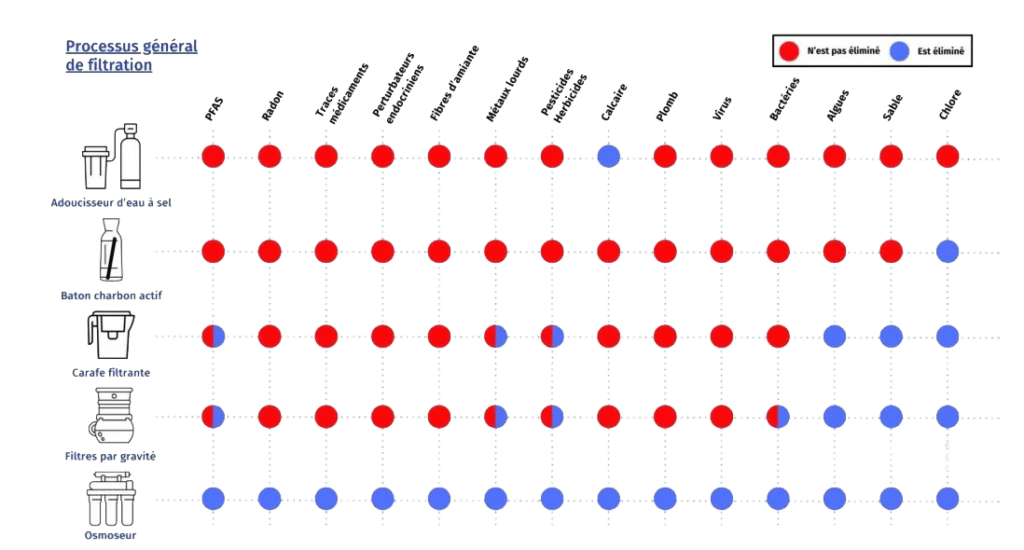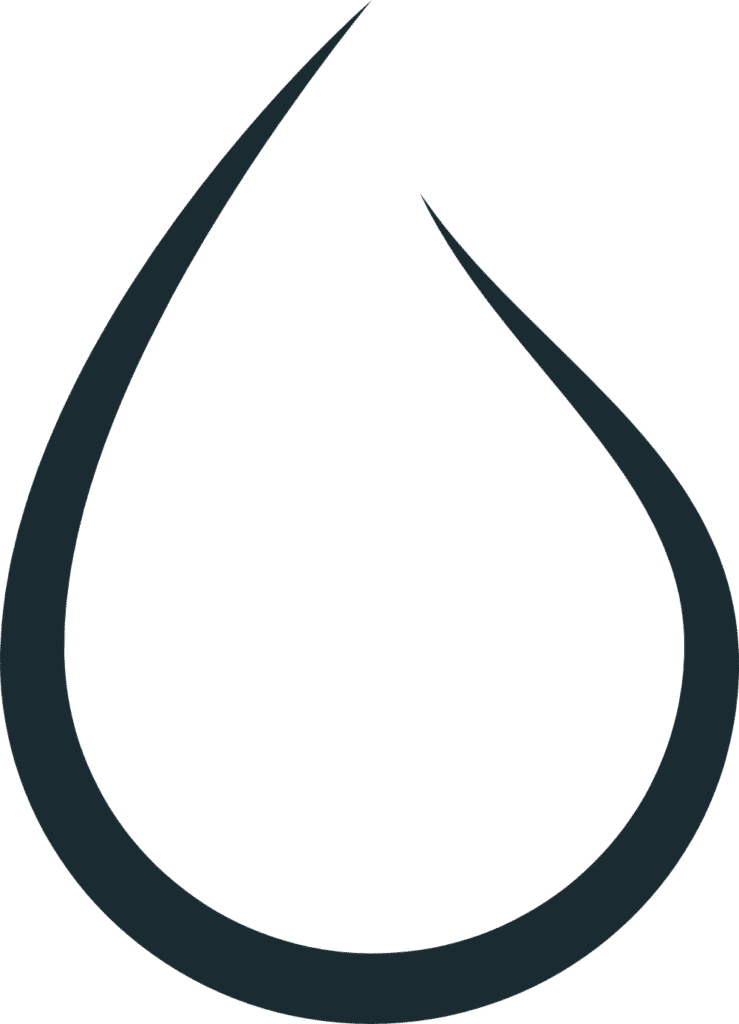What is reverse osmosis?
Osmosis is the natural process by which molecules pass through a semi-permeable membrane from a less concentrated solution to a more concentrated one, until equilibrium is reached.
Reverse osmosis occurs when pressure is applied to the concentrated solution (contaminated water) to force only small molecules—water and minerals—through the membrane toward a pure solution (filtered water). Reverse osmosis systems often include pre-filtration steps, such as carbon filters, to optimize purification and eliminate contaminants, including:
- Bacteria and viruses : disease-causing micro-organisms.
- Chemical pollutants : PFAS, heavy metals, nitrates, pesticides, hormones, antibiotic residues, microplastics, etc. all represent health risks.
- Salts and minerals : Dissolved in water, they contribute to hardness and scale build-up in pipes and household appliances.
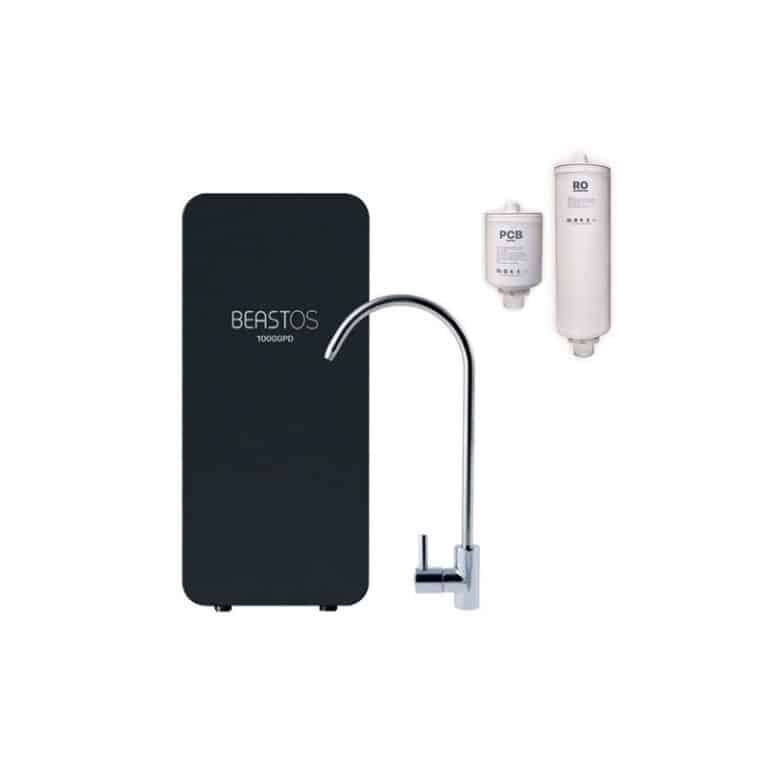
List of filtered contaminants
| Contaminant | Approximate size (microns) | Osmosis filtration efficiency |
| Sand, rust | 10 - 100 µm | 100% |
| Fine sediment | 1 - 10 µm | 100% |
| Bacteria | 0.2 - 1 µm | 99% |
| Virus | 0.02 - 0.1 µm | 99% |
| Pesticides & Herbicides | 0.001 - 0.005 µm | 97 – 99% |
| Hormones & pharmaceutical residues | 0.0005 - 0.005 µm | 95 – 99% |
| PFAS (perfluorinated) | 0.001 - 0.005 µm | 94 – 99% |
| Dissolved heavy metals | < 0.001 µm | 95 – 99% |
| Dissolved salts (Na+, Cl-) | < 0.001 µm | 95 – 99% |
| Nitrates & Nitrites | < 0.001 µm | 85 – 95% |
Filtration stages
Depending on the model chosen, reverse osmosis systems range from 3 to 8 filtration stages.
These are grouped into 4 main functions:
Pre-filter
Particle filters and activated carbon remove coarse particles (0.5 microns)
Reverse osmosis
Osmotic membrane eliminates small particles (0.0001 microns)
Post-filter
Activated carbon filter to eliminate tastes and odours
Supplement
Potential remineralization of magnesium and bioavailable calcium
5 questions to choose your ideal osmosis plant?
1. What is the initial quality of the water I want to filter?
- Quality To determine the quality of water in the network, you :
- You can buy an Aquacycle.be PPM test which will tell you the dry residue of your water in an instant.
- You'll find complete analyses online, depending on your supplier. You'll see all the contaminants that reverse osmosis removes, as well as the water's hardness (lime content).
- Hardness: Water hardness refers to the level of calcium and magnesium that precipitate as limescale deposits. From 25°f of hardness and above, we recommend installing a water softener for the whole house or a small Scalex system for the reverse osmosis unit only.
2. Direct-flow or tank Osmosis?
An osmosis unit can feed a reservoir or directly into your tap (direct flow).
- Direct flow advantages :
- Eliminating stagnation: stagnant tank water promotes bacteriological growth after 3 days. Direct flow guarantees optimum quality.
- Compact : no tank means significant space savings under your sink.
- Flow : direct-flow reverse osmosis units produce up to 3l/minute, which is higher than 2.5l/minute from a tank.
- Easy maintenance: Encapsulated membranes combine the filtration stages, making maintenance quick and effortless.
- Disadvantages direct flow :
- More expensive : the system requires a more powerful pump and a larger membrane, which increases the cost of the osmosis plant.
- Flow : the slowest direct-flow reverse osmosis plants produce less than 2.5 l / minute, which corresponds to the outflow from a tank.
Tip: To help guide your choice, check out our product comparison.
3. Is it difficult to maintain?
A direct-flow or tank-type osmosis plant is easy to maintain.
- Tank Osmosis
- Pre-filters: replace the 3 pre-filters every 6 to 12 months by unscrewing the container and replacing the filter.
- Membrane osmotique : remplacer tous les 24 à 36 mois en dévissant le contenant et remplaçant la membrane.
- Post filtre : replacer tous les 12 mois par simple débranchement et rebranchement du tuyau.
- Direct flow reverse osmosis :
- Pre-filters encapsulated filter including pre-filtration stages to be replaced every 6-12 months with a quarter turn.
- Osmotic membrane encapsulated membrane to be replaced every 24-36 months in a quarter turn/
- Advice :
- The direct feed notifies you of the need for maintenance thanks to its indicators.
- We make maintenance easy by offering complete maintenance kits for each type of osmosis plant.
4. What is the water rejection rate of my osmosis unit?
An osmosis plant systematically rejects a certain quantity of water per liter of filtered water to flush the membrane of contaminants and guarantee its longevity.
The ratio of pure water to rejected water depends mainly on two factors:
- Inlet water pressure : an osmotic membrane operates at its optimum between 4-6 bars of pressure. Below 3 bars, efficiency drops and the water rejected increases considerably. Models with a pump provide the necessary pressure for ideal efficiency.
- Osmotic membrane size: The larger the membrane, the higher the flow rate it can provide.
Attention: The rejection rate is also influenced by the quality of the water supply and maintenance.
Tip: The pump and membrane size are the two main factors that influence the price of a reverse osmosis system. If you're environmentally conscious, this factor is important to consider.
5. What is the total cost of my osmosis unit?
When making a purchase, it is important to consider not only the initial investment, but also the costs associated with filtration, in order to achieve a total cost and profitability :
- Total cost = purchase price + maintenance + water consumption
- Purchase price = initial investment
- Maintenance = Maintenance costs
- Water consumption = filtered water + rejected water
Tip: By comparing the total cost of a reverse osmosis system with the price of an equivalent volume of bottled water, you can estimate its profitability. To find an estimate of the profitability of our Aquacycle products, please consult the article "Network or Bottle: Ecology and Profitability."
How does the installation work?

Remote-controlled installation
Your purchase is delivered and you install it yourself, guided by the installation instructions and our remote video and audio support if necessary.
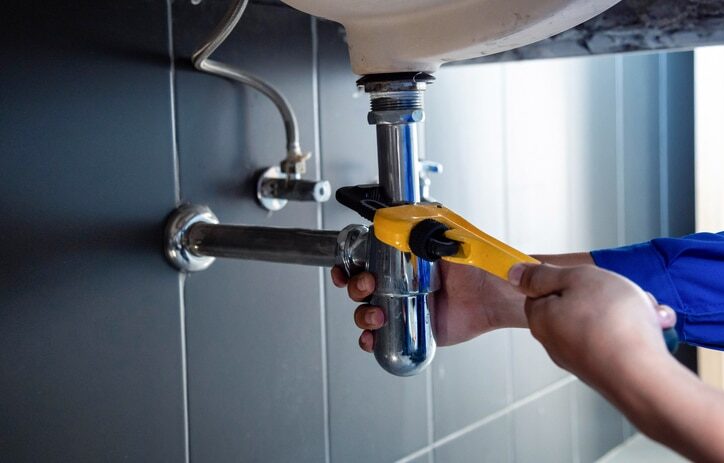
Home installation
When making your purchase, mention that you would like one of our professionals to install and maintain your osmosis system.
Tips & Tricks
Articles and other tools to help you form a critical opinion on the subject of water filtration.
